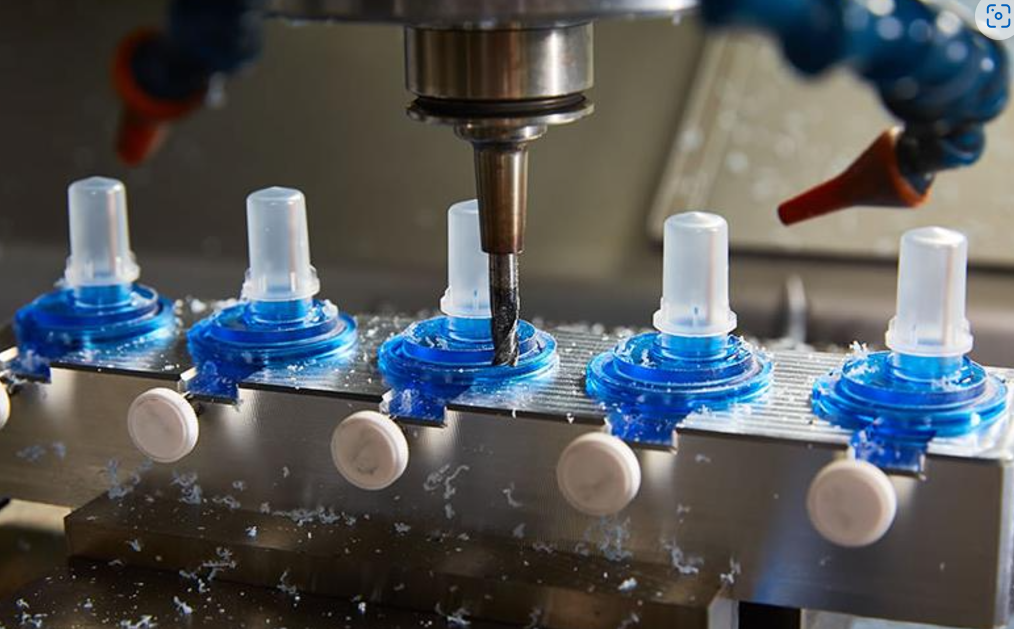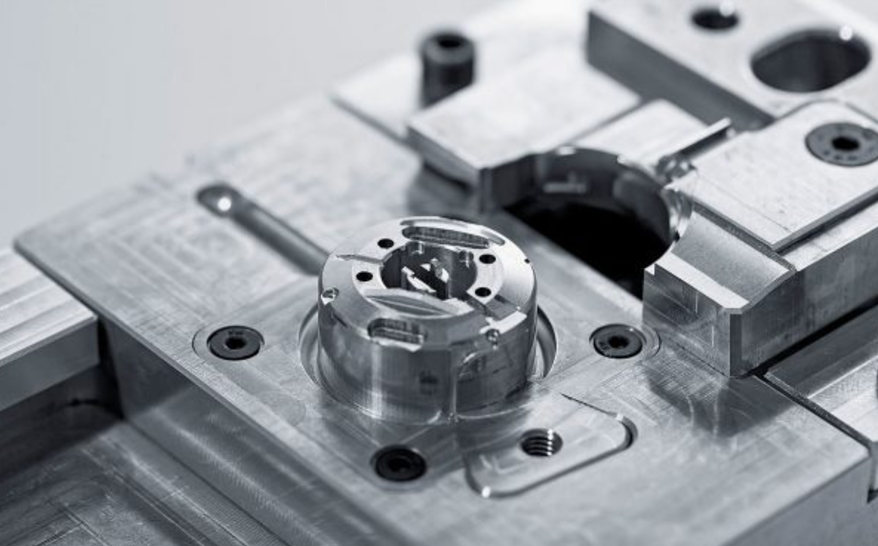The word “Prototype” derives its origin from the Greek work “Prototypon” which pertains to a primitive form, or something which was originally created. Thus, a prototype can be defined as an initial sample or model of a product which has been built to test the process or a concept. It is a working model of the theory put into action. Based on the prototype, the process or the concept is evaluated to determine if the given idea fulfills its need. In situations where the final product requires to be injection molded, the prototype also requires the use of specially engineered polymers in accordance to the product specification.
Table of Contents
ToggleImportance
It is important to test a product before it is released to the public to determine if it fulfills its purpose. A new design has to be built up and demonstrated in order to receive managerial approval for production investment. In most countries, regulatory laws require that a product must be tested using its representative materials and processes to determine if it meets the compliance laws necessary. Depending upon the time and resources required for producing the prototype, the business can determine the overall production time necessary and can align it to suit the overall development schedule of the system. Ultimately, avoiding production tooling can prove to be a costly risk for the company. Also, prototype tooling helps the company understand if a product change is necessary depending upon its prototype tooling. In case there are changes necessary in the design, it is easier and cheaper to execute the change at this stage.
Factors determining prototype tooling
- Production quantity: A prototype tool meant for establishing the prototype typically has a limited level of automation and cavities. This saves time and cost required for the fabrication. An actual model would be exposed to higher levels of wear and tear. Thus, the quality of the prototype must be set depending upon the wear and tear of the actual working product.
- Hard and Soft Tooling: A prototype tool requires materials like aluminum or steel which can be cut quicker while processing. Its lifetime is limited depending upon the material used. However, the actual process requires materials which are more durable in nature to be optimized for longer cycle time. Thus, the prototype tooling must be chosen depending upon the purpose for which it is chosen.
Disadvantages of Prototype Tooling
- Limited scope for analysis: A prototype tends to focus on certain aspects of the product. The end result of overlooking all the aspects is that better solutions are discarded, there are incomplete specifications. This leads to poor conversion of the prototypes into the desired final project.
- Confusion among users: A customer will tend to confuse the prototype for the finished final product. The customer will also assume that the given prototype is a sample of the performance capacity of the final product.
- Increased development time: The main aim of behind the creation of a prototype is to ensure that it is developed within a given time slab. When developers spend a lot of time in its development, it will tend to run over time and cost budgets.
Thus, a prototype will serve its purpose only when it fulfills all its specifications and usages within the given time period. Prototype tooling is dependent on certain factors, which when left unfulfilled can defeat the whole purpose behind the creation of a prototype.







